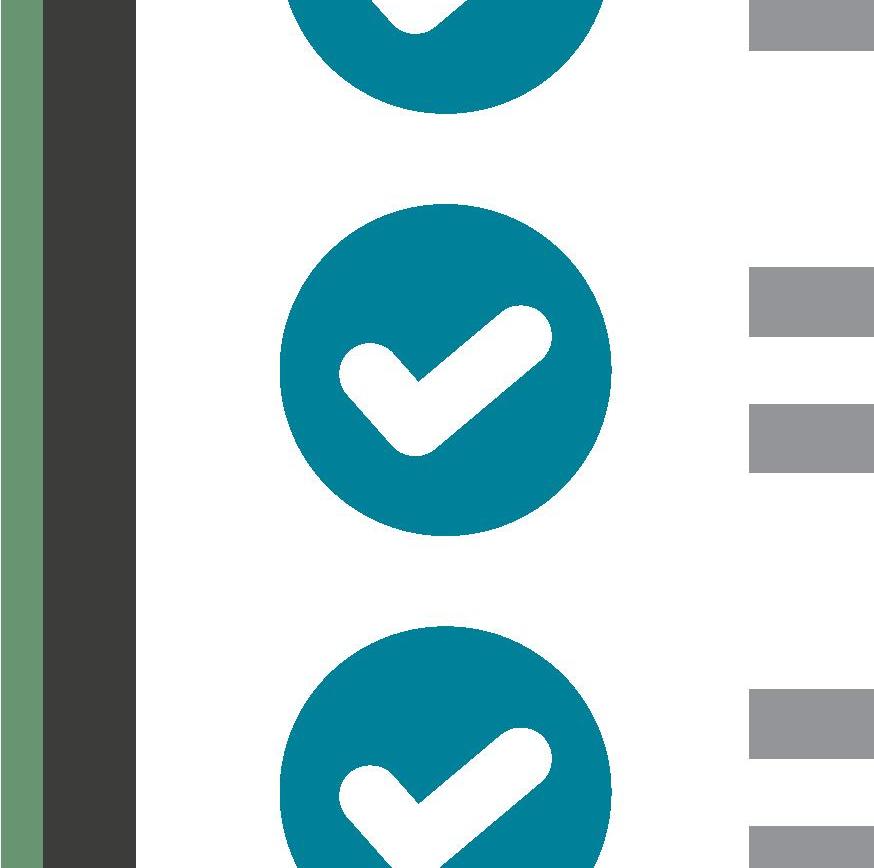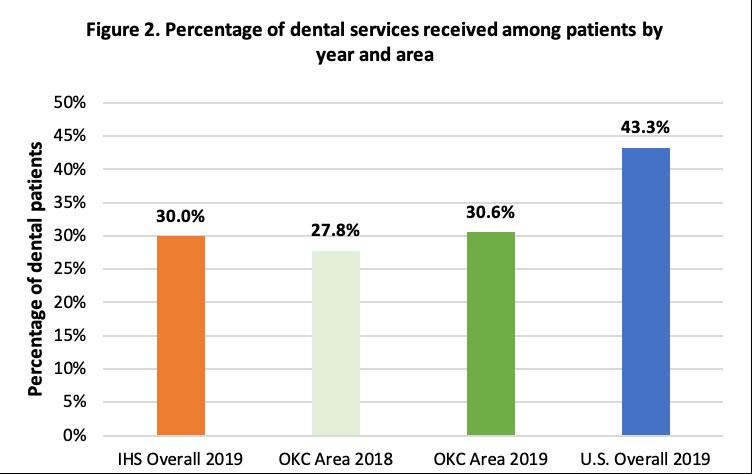
2 minute read
LIMITATIONS
Data specific to AI/ANs include those who utilize the IHS and Tribal health systems and does not include those AI/ANs who seek care elsewhere. The data from the IHS 2015 Oral Health Survey may not be representative of the general population of AI/ANs as this was a survey of dental patients seeking treatment at ITUs. Further, some AI/ANs seek dental care only when there is a health issue, which may result in an overestimation of the prevalence of dental disease among all age groups. There may be an underestimation of the prevalence of total tooth loss, as adults without teeth are less likely to visit a dentist.
The use of the IHS user population to calculate the dentist to population ratio may overestimate dental users, as the IHS user population includes any registrants who have had a direct or contract encounter with the health system, which, along with dental services, includes inpatient and ambulatory services over a span of three years. The number of dentists in the IHS OKC Area may be underestimated, as it only includes estimates from the past year.
Advertisement
This publication is an attempt to provide a comparative snapshot of the current oral health status of AI/ANs living within the IHS OKC Area to national-level metrics. Due to the lack of standardization and alignment across tribal, federal, and other national-level entities on data collection methods, time periods, and oral health indicators, it is extremely difficult to provide a direct comparison. Given that, our best effort in presenting this data comparison accompanies our commitment to working with partners, and advocating to ensure the sovereignty, validity, and accuracy of our report to best reflect the health status of our AI/AN population with the information available.
There is a small portion of dentists working in IHS facilities who are not licensed in one state, but rather are commissioned officers, which may affect the estimated number of dentists working in the IHS OKC Area. However, this limitation is partially eliminated by the American Dental Association’s use of practice addresses, as opposed to state licensure records, in their Masterfile. The American Dental Association routinely updates the Masterfile, but publicly available reports provide only a snapshot of the file once a year, which may also be a limitation in the estimation of dentists in the U.S. and Oklahoma.











